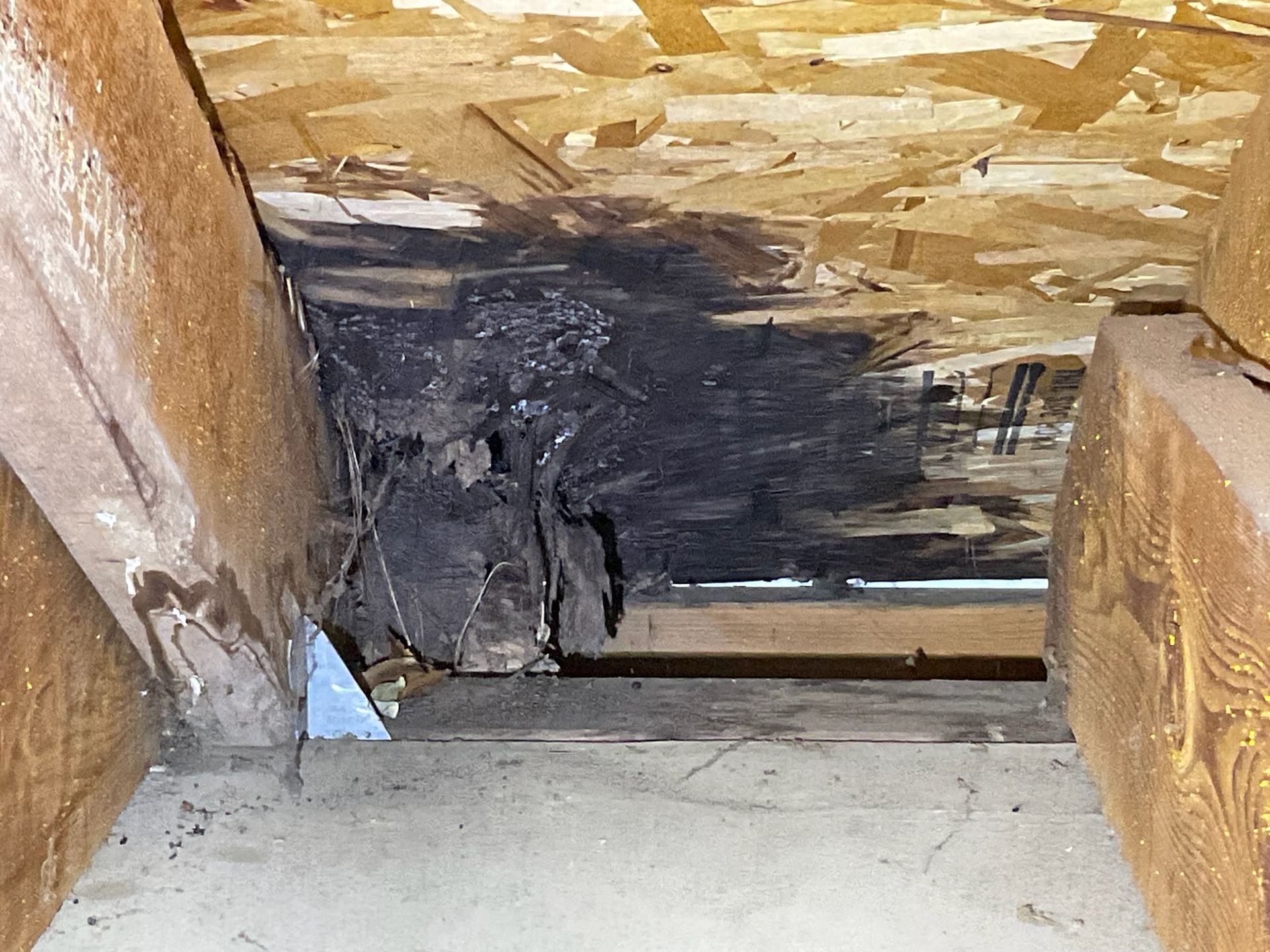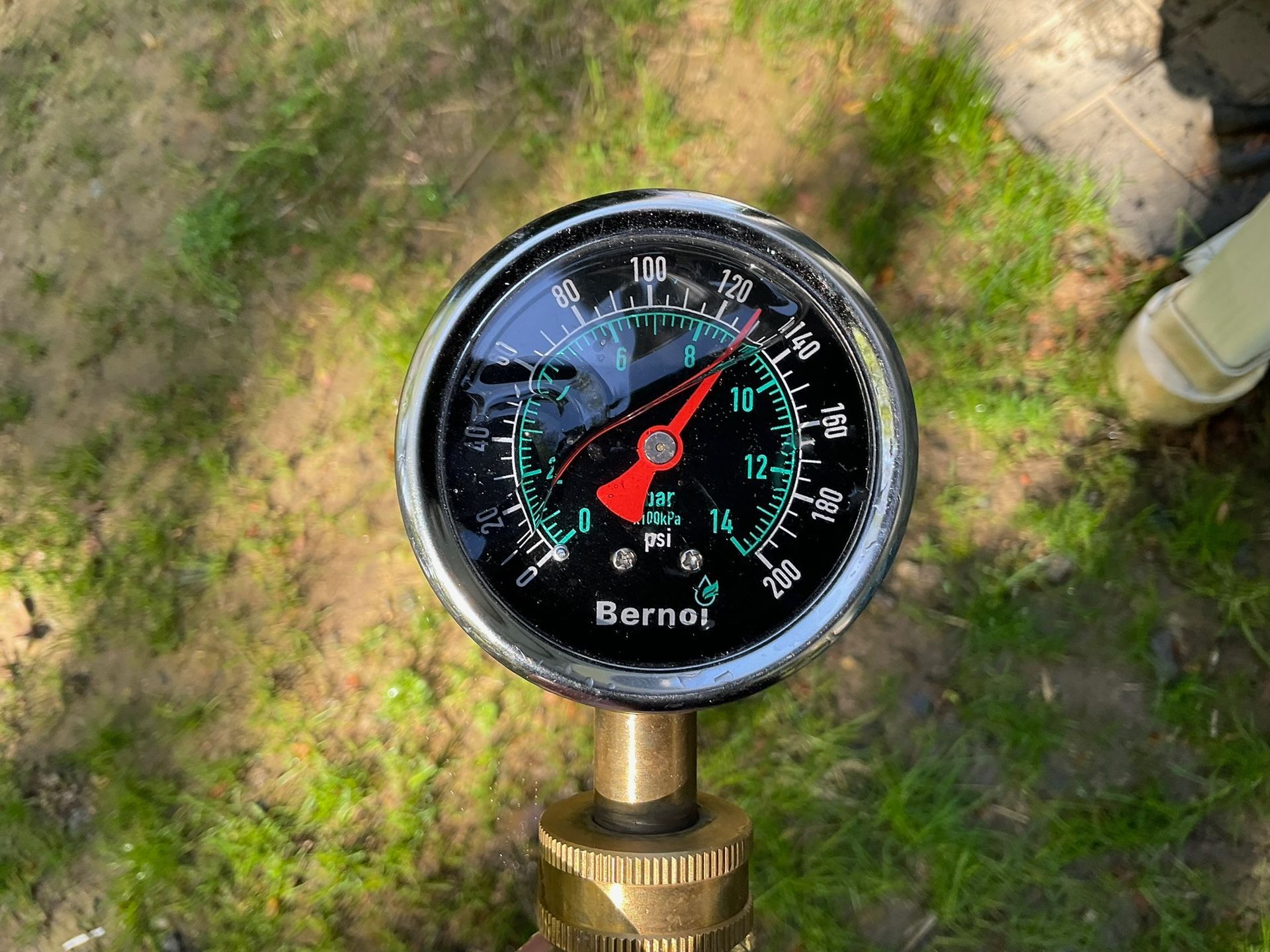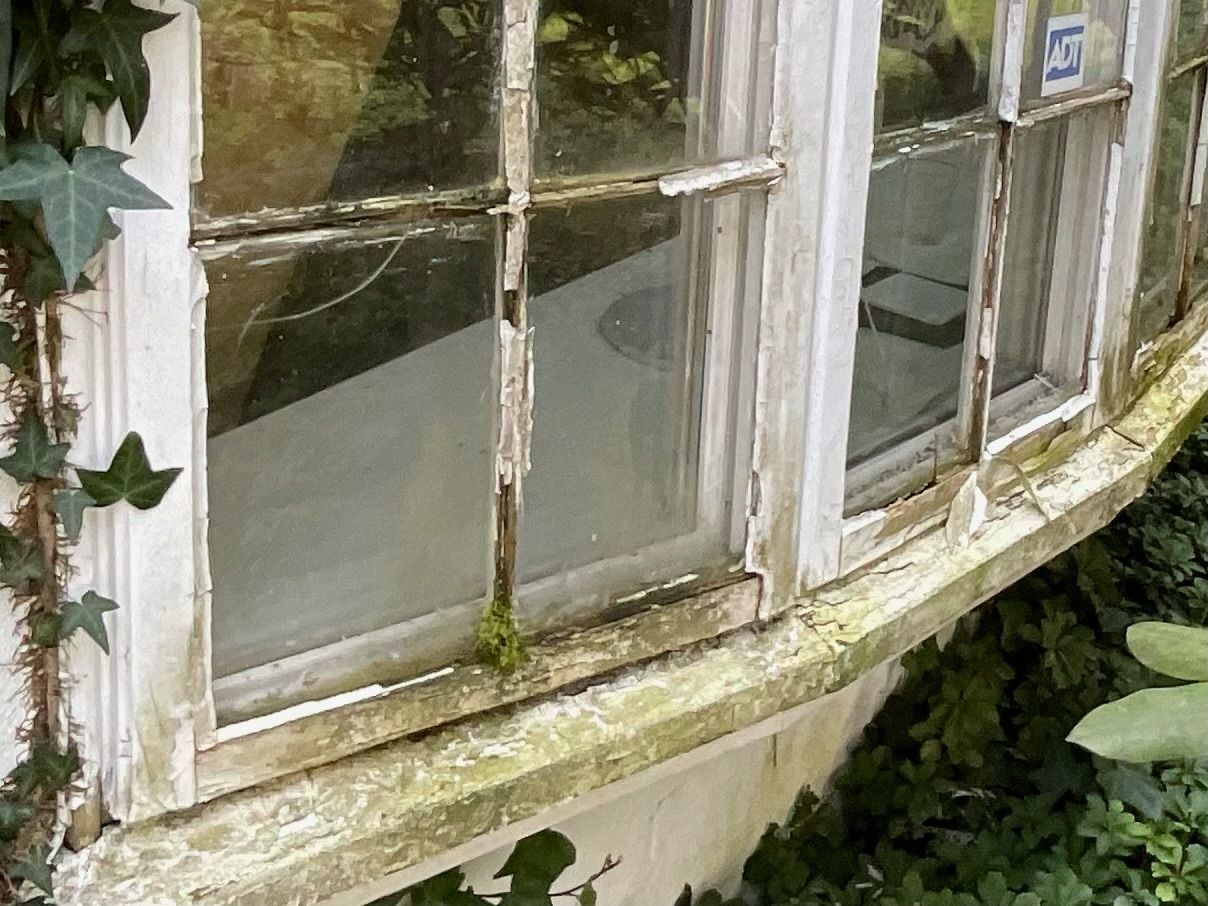You've Inevitably Heard The Term "Double-Tap". What Is It And Why Is It A Bad Thing?
Every inspector has a checklist of things to look for in a breaker panel. I look for rust and corrosion, missing knock-outs, burned wires, and over-breakering amongst other things. One of the most common items to look for though is a "double-tap". A double-tap is when an electrician attaches two distribution wires to the same breaker in the panel. Why is this bad though? The simple answer is that most breakers are designed to take only one wire. Once you attach 2 wires, you're asking the breaker to do something it was not designed to do. One of the wires might come loose, or perhaps there is a load on one wire which makes it heat up and expand just enough so that the other wire which is still cool comes loose. Either way, when there is a loose wire, the electricity tries to "jump" over the gap, creating sparks and potential fire. A licensed electrician has a few different solutions to address a shortage of breakers in a panel. If there are extra spaces in the panel, the electrician can just add another breaker. If not, they can attach a "pigtail" (short wire) to the two wires with a wire nut, and then attach the pigtail to the breaker. Finally, to make things even more complicated, a breaker with a captured square washer under the wire binding screw can normally be compliantly double-tapped. These generally include breakers manufactured by Square D and Eaton Cutler.
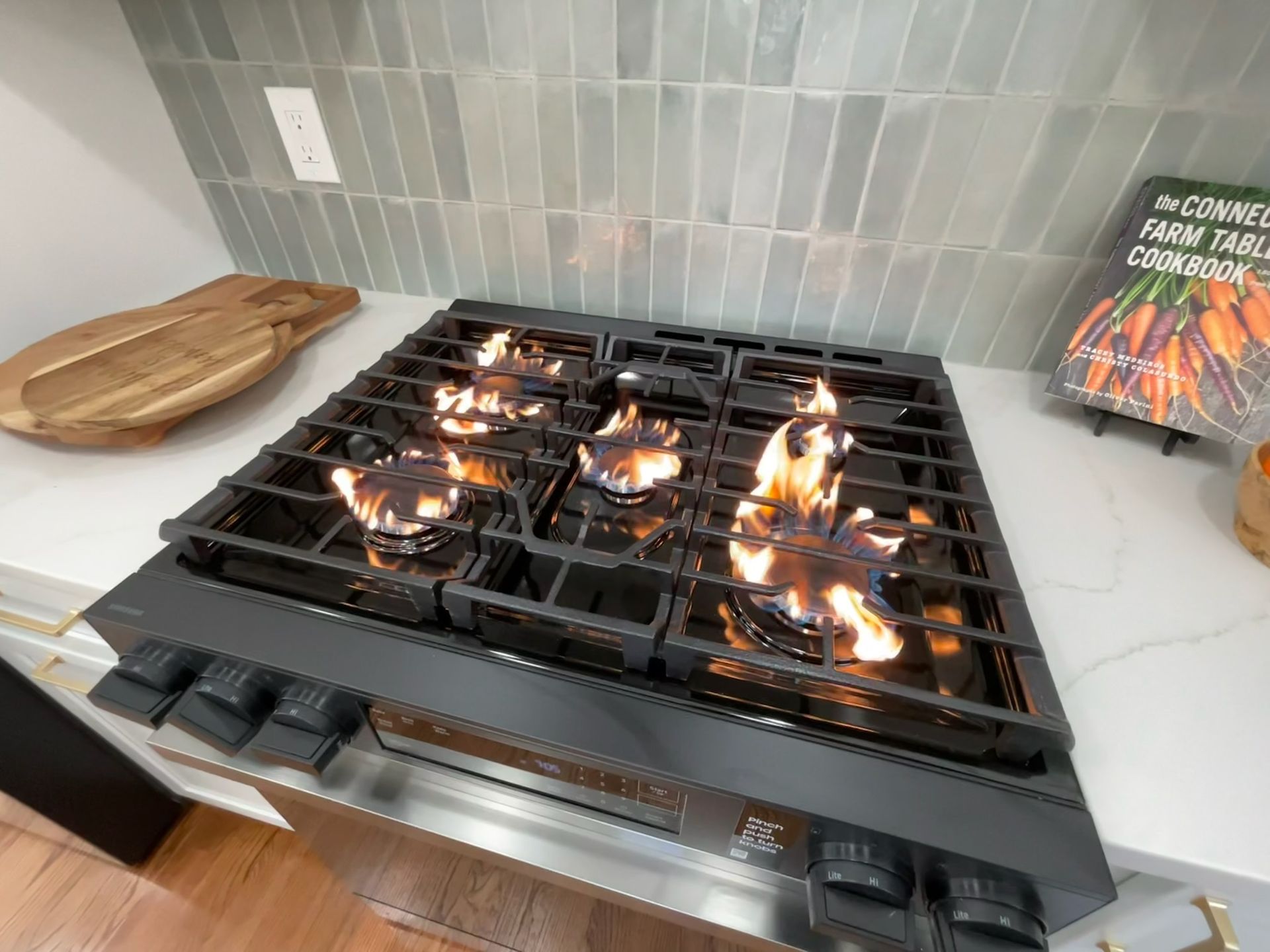
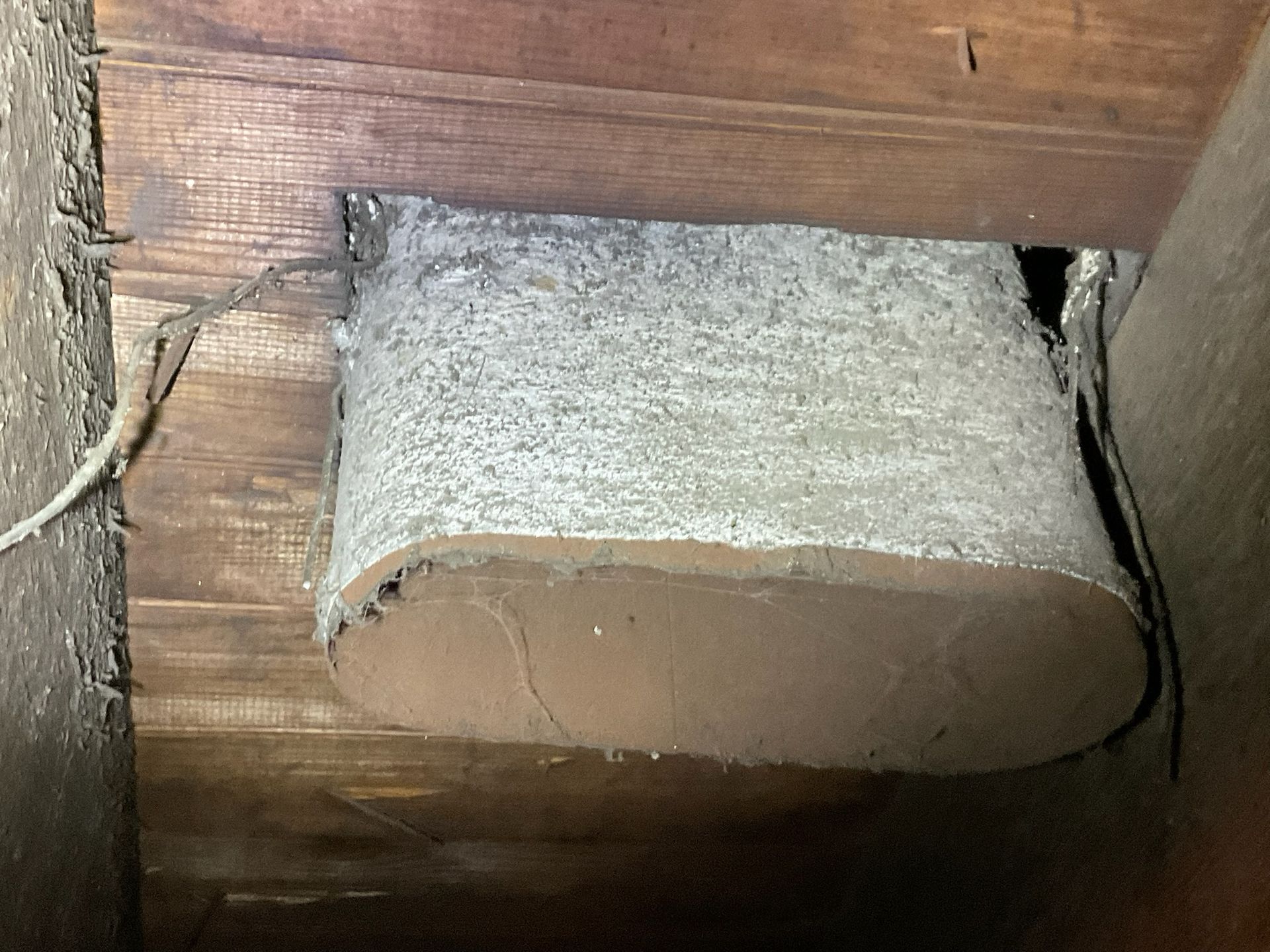
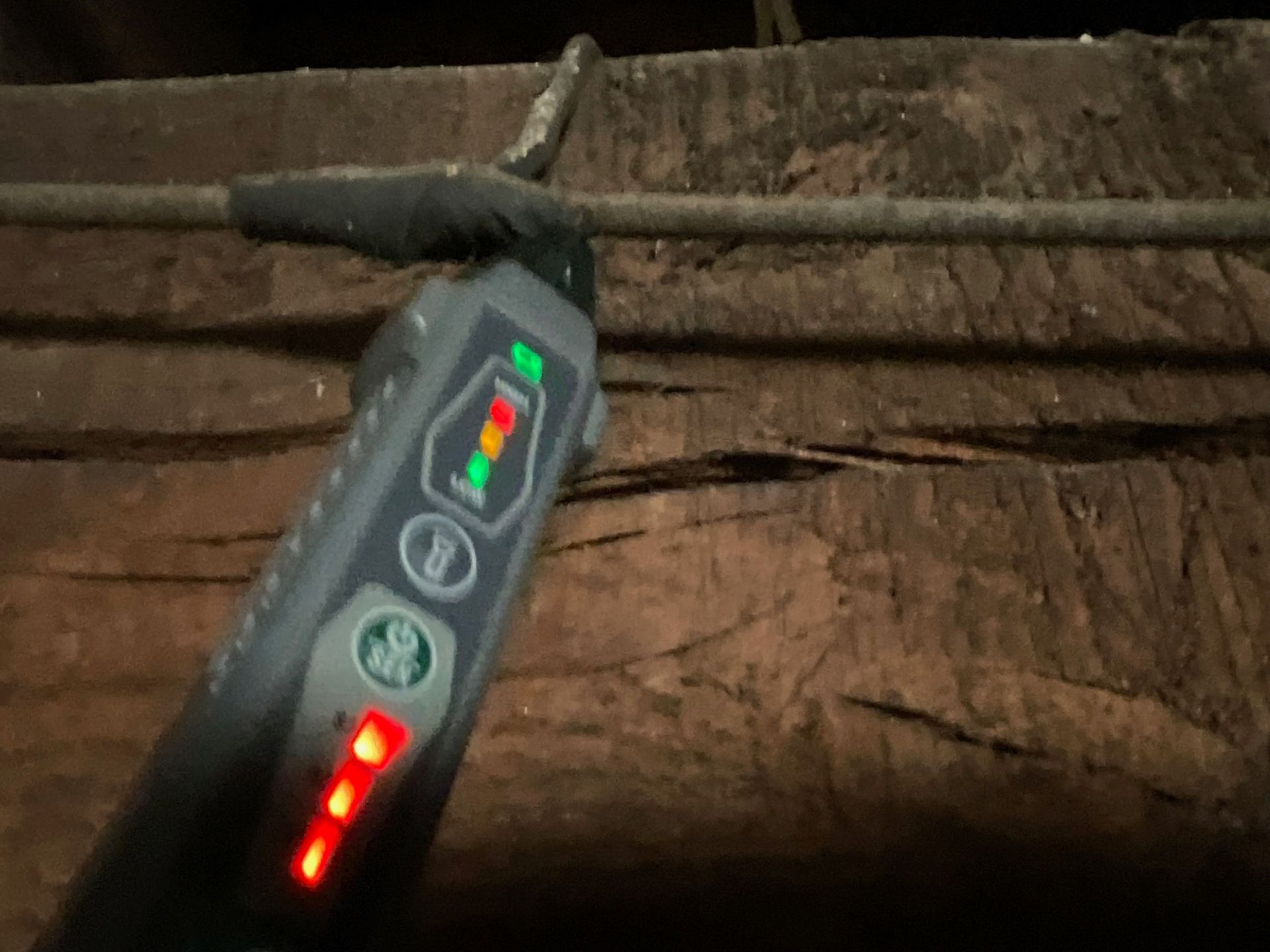
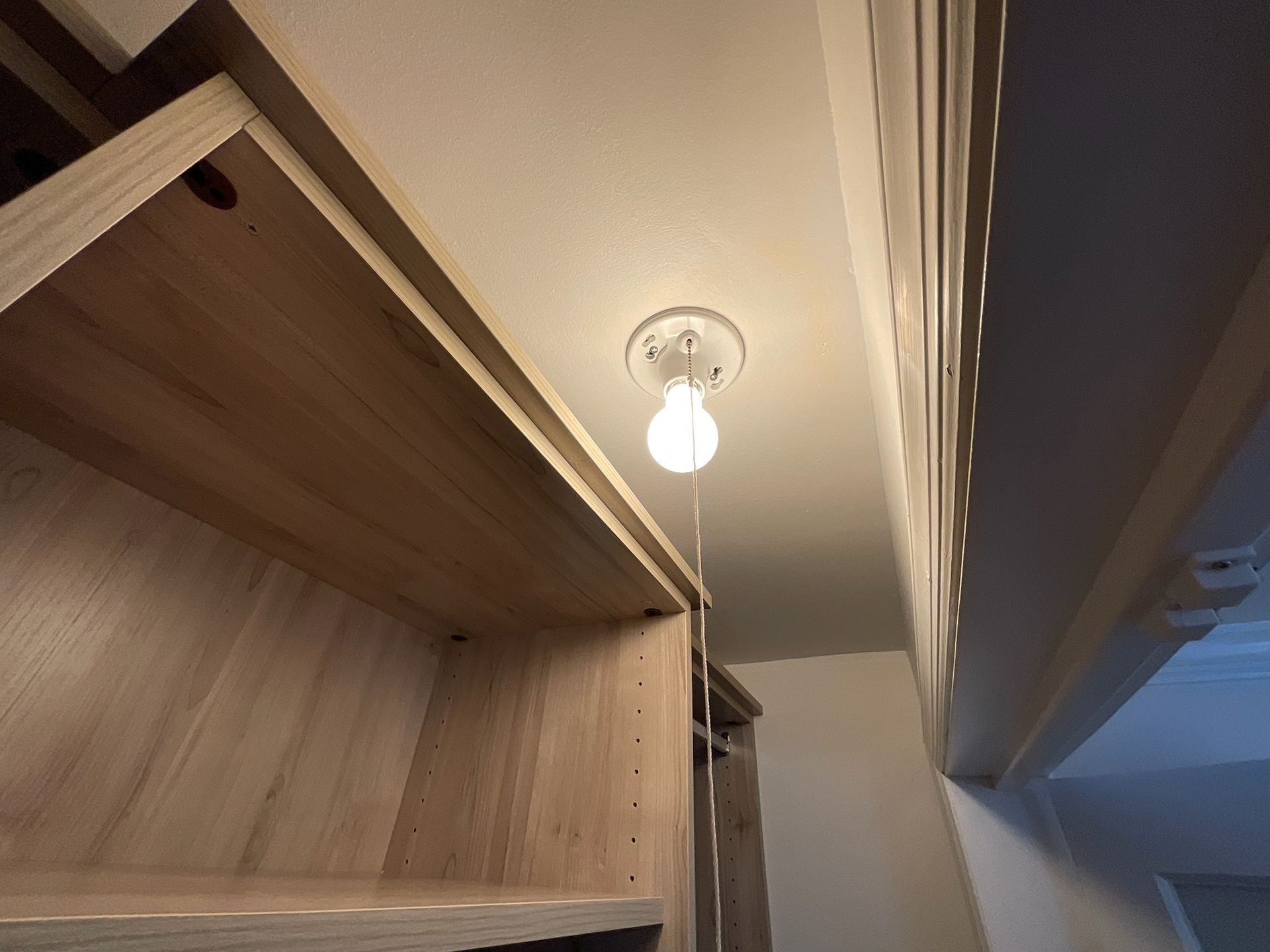
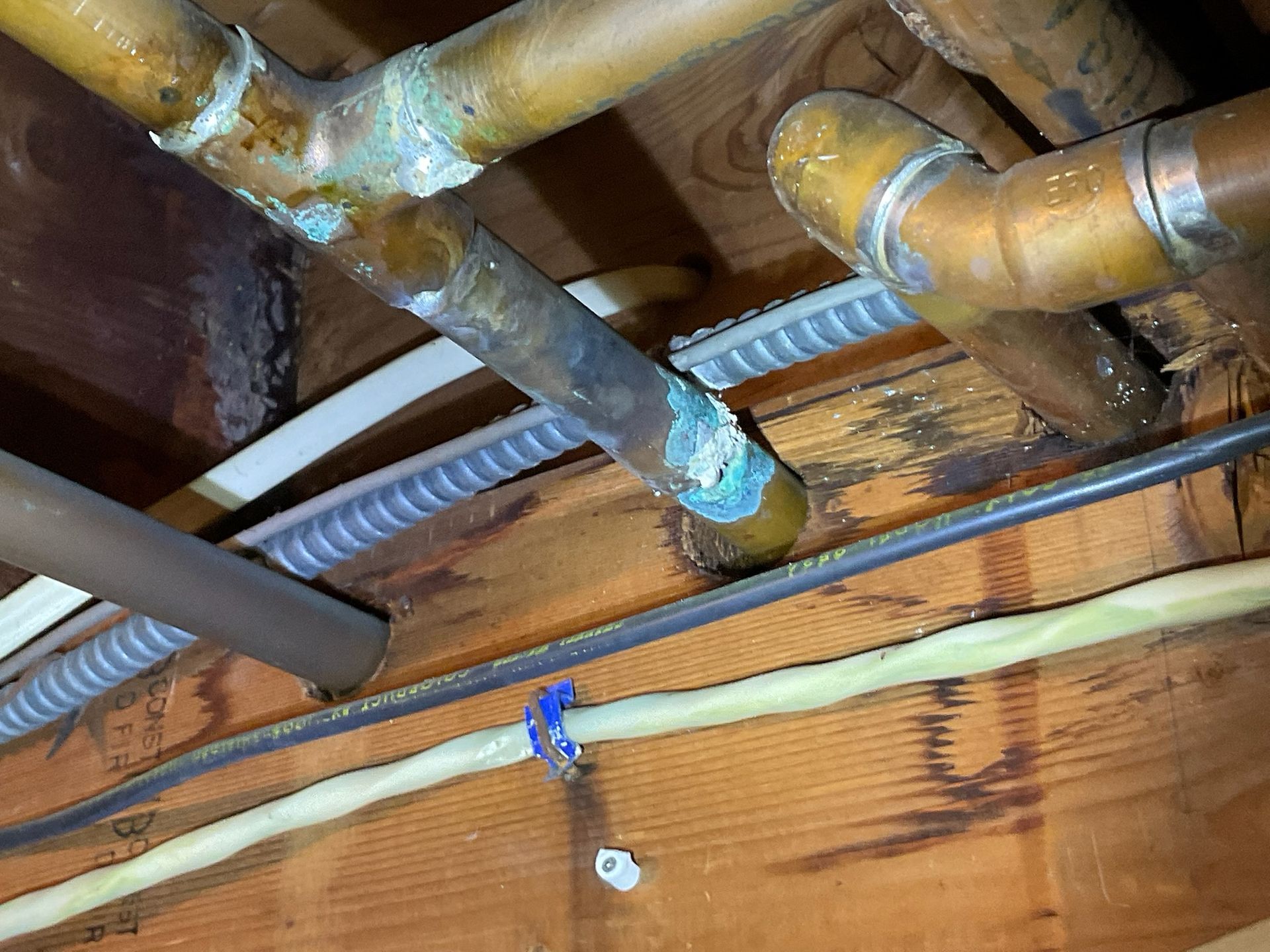
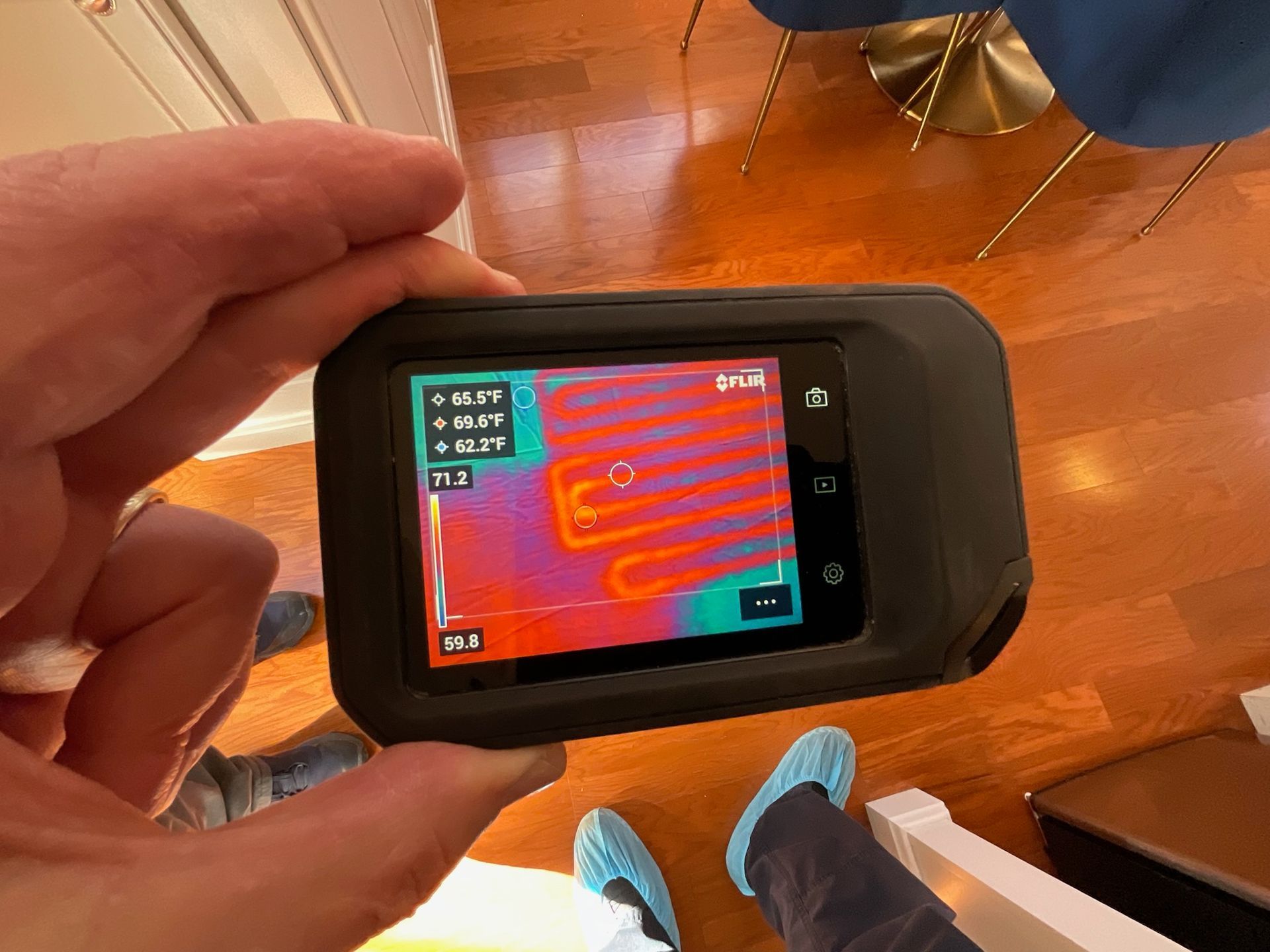
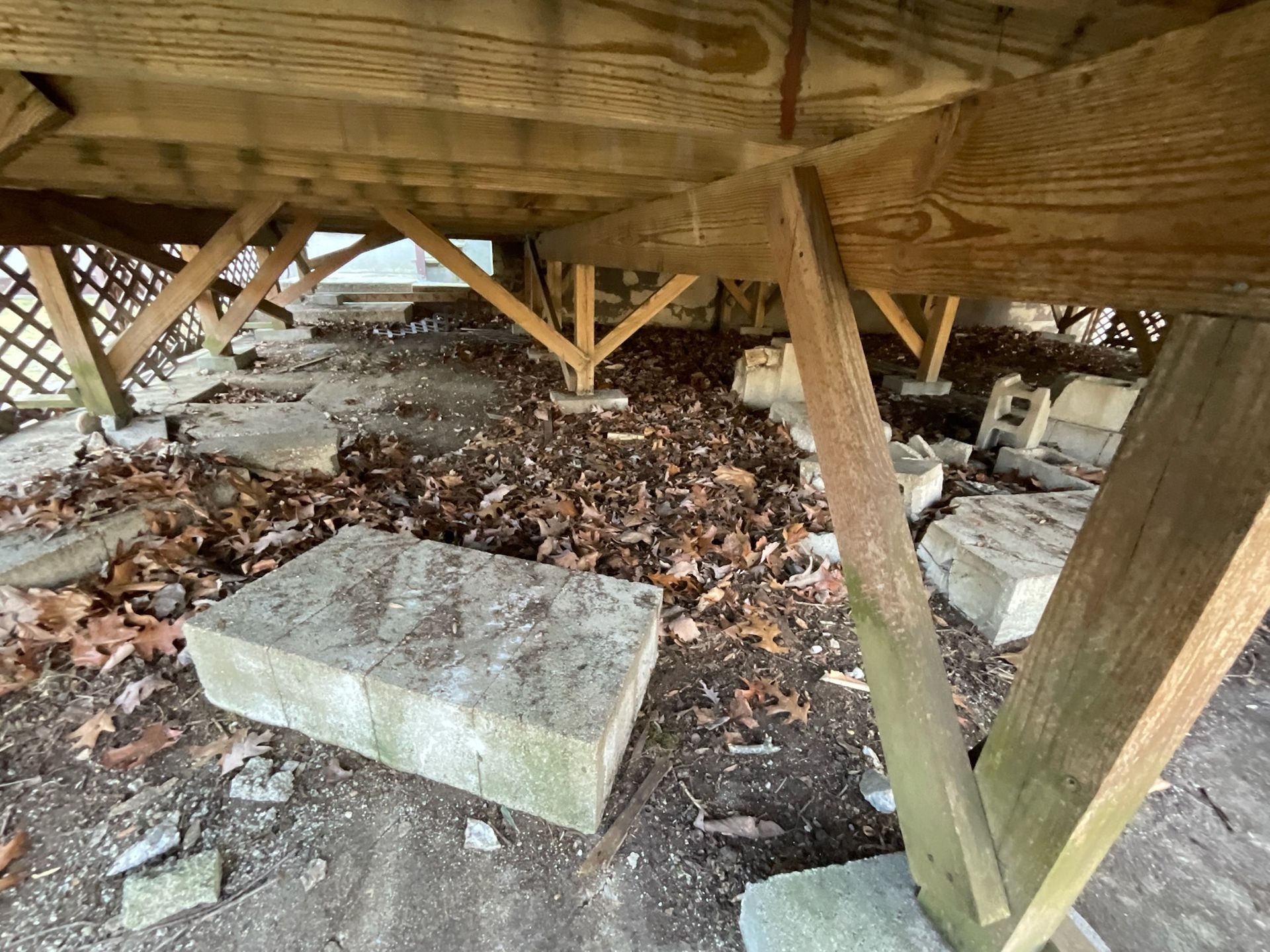
You think your deck can handle the weight of that that hot tub? Better speak with an engineer first!
